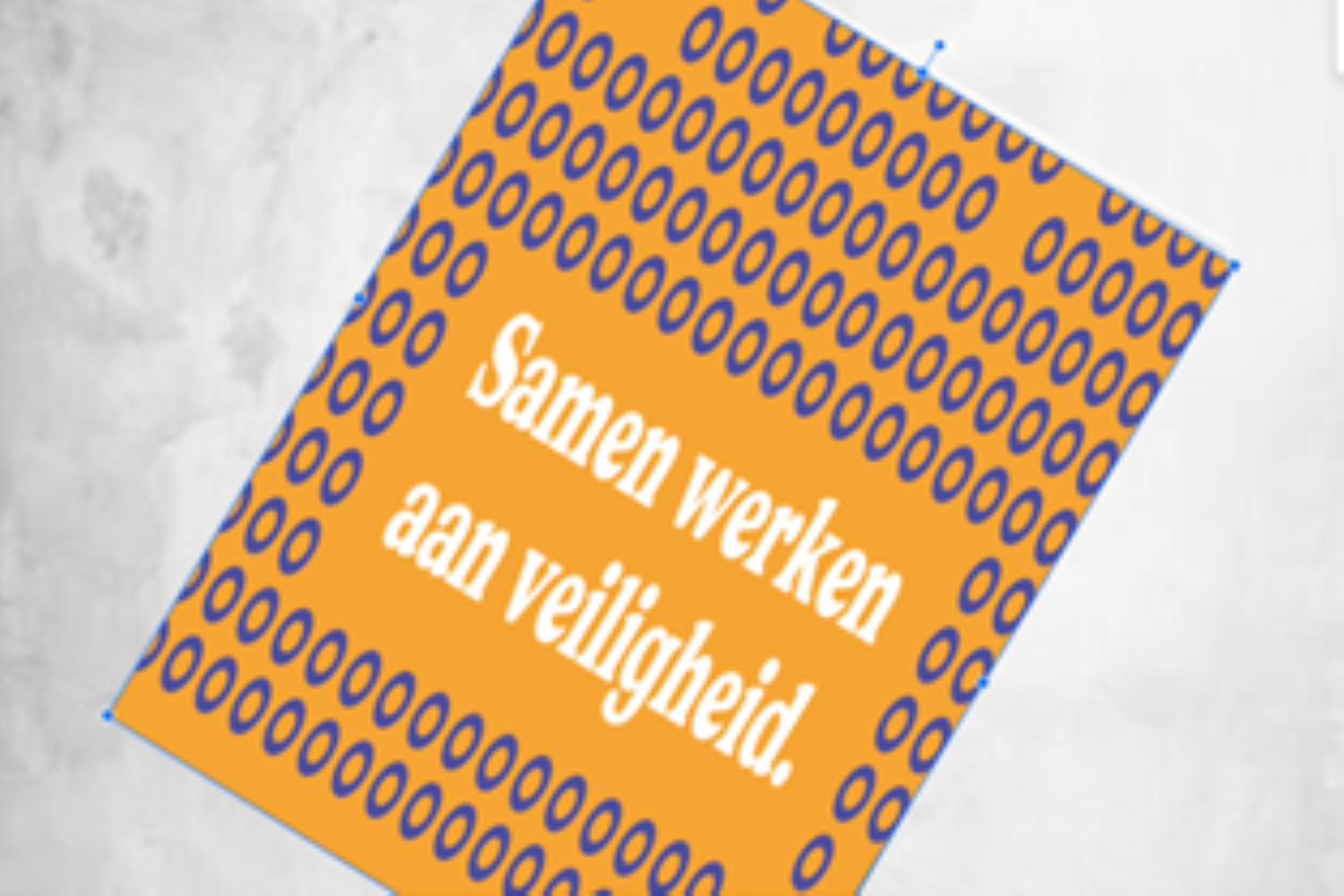Project: KIA MV experiment
Description
The KIA MV experiment in cooperation with CLICKNL relates to the acceleration of innovations through new forms of participation and knowledge sharing about safety and non-safety between chemical companies, local residents and regulators. KIA MV stands for Knowledge Innovation Agenda Social Earnings Potential.
Dutch (chemical) industries are working on innovation-driven projects in the field of energy transition (CO2-free energy generation), sustainability (reduction and reuse of CO2) and circular economy (new technology for chemical recycling of plastics). These innovation processes bring with them new safety risks.
In the region, local residents, companies and regulators are important parties that make these innovation processes possible. In practice, you see that the lack of mutual trust and the associated environmental safety risks cause delays.
From RIVM research shows that people who live closer to chemical companies more often feel unsafe than people who live further away. They also experience more nuisance and have a greater need for information. Residents may feel unsafe if the situation is different from normal. For example, when there is a strange noise, a plume of brown smoke or when hazardous substances are released. In this experiment, we call these 'unusual occurrences'. The feeling of insecurity usually subsides when the situation returns to normal. The feeling of safety is related to the trust people have in the government and the chemical companies: the greater the trust, the safer people feel. Approximately half of the people living in the neighbourhood have confidence in the safety measures being taken. The other half of local residents trust that companies and authorities communicate in a timely, honest and open manner about safety in the area.
New ways of participation and sharing knowledge about safety and non-safety between chemical companies, local residents and regulators can accelerate the process and thus have an impact, both socially and economically. That is the core of social earning capacity.

Code: LSC 2021-12
Status: Completed
Update: November 2022
Result
[Source: ClickNL, https://www.clicknl.nl/ ]
In several interviews and co-design sessions, the researchers explored with industry as co-researchers whether and how new more participatory, creative and systemic tools in the chemical industry can make a concrete contribution to the collaboration between companies, employees and other stakeholders around safety issues.
Knowledge was accumulated at various layers with the result that
- we gained richer insights and examples in the field of security
- we learned how dialogues can be scaled up and deployed strategically; and
- we can share and combine learning experiences within the concept of social merit.
Results of this experimental research project -in addition to these new experiences and insights into creating a safety culture and approach- also led to concrete tools for practice in the form of a systemic safety dialogues toolkit.
The toolkit basically consists of the co-design canvas from Inholland University of Applied Sciences and the innovate with labs process from The Hague University of Applied Sciences: two tools that drive and stimulate systemic, participatory and creative collaboration (systemic co-design). Added to these tools are a manual developed by ESC partner Fundamentals, a circle for safety story map and a take away map.
The Systematic Safety Dialogues can be downloaded below.

